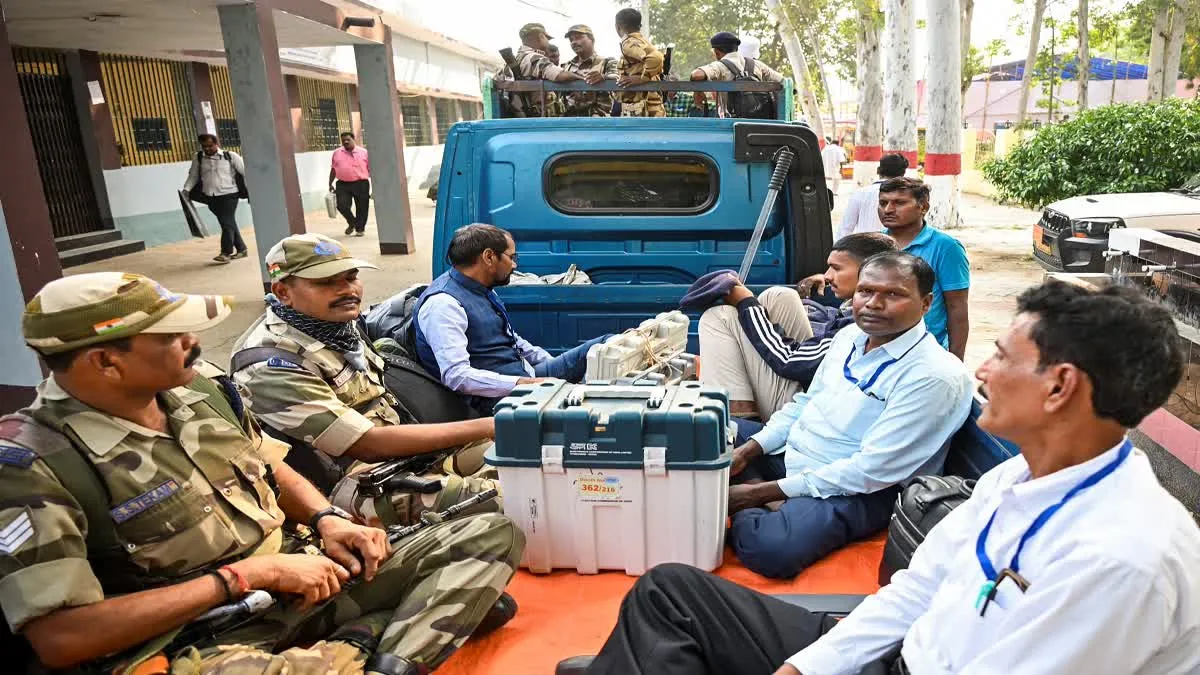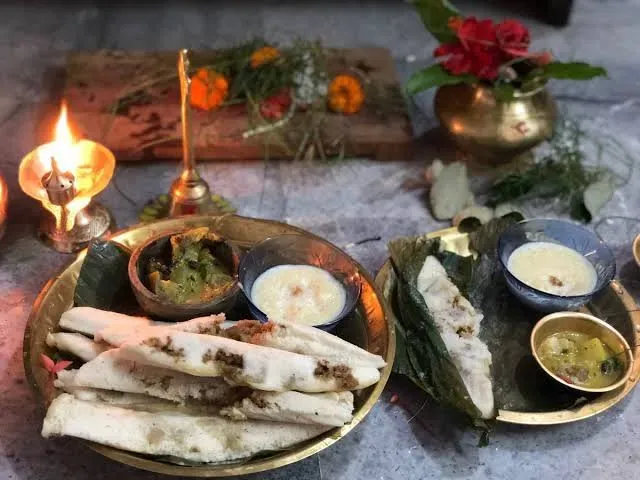

Prathamastami, a deeply cherished festival in Odisha, is celebrated with great devotion and joy, dedicated to the well-being, prosperity, and longevity of the eldest child in the family. Observed on the eighth day (Ashtami) of the Krishna Paksha in the month of Margashirsha, this festival is a blend of religious, cultural, and social traditions, reinforcing the values of love, responsibility, and respect within families.
Historical & cultural significance
Prathamastami’s roots extend deep into Odisha's rich Hindu traditions. The festival underscores the importance of the eldest child, viewed as the future pillar of the family. Considered the one to shoulder family responsibilities, the eldest child receives special prayers for health, prosperity, and a long life.
According to legend, the festival's origins are linked to Yashoda, the foster mother of Lord Krishna. It is believed she initiated Prathamastami as a gesture of love and concern for her eldest son, which solidified the festival's cultural relevance among Odias. This mythological connection adds to the emotional and spiritual significance of the occasion.
Moreover, Prathamastami falls after the harvest of Kharif crops, making it a time for people to offer thanks to the divine for a bountiful harvest. The festival aligns with Odisha's agrarian way of life, where many celebrations are tied to agricultural cycles and seasonal changes.
Rituals and traditions
The day begins with a purification ritual, where the eldest child takes an early morning bath before being dressed in new clothes. The child’s forehead is marked with sandalwood paste, symbolizing divine blessings and protection.
Key rituals:
Worship of Lord Ganesha and Goddess Shashti: Families perform prayers to Lord Ganesha for the removal of obstacles and to Goddess Shashti, the protector of children, asking for the eldest child’s well-being and prosperity.
Sacred offerings: Traditional offerings such as betel leaves, coconut, turmeric, and sweets are presented to the deities, then given to the eldest child as divine blessings.
Lighting of the earthern lamp: A symbolic ritual where an oil lamp is lit, representing the guidance and wisdom that will illuminate the child’s path in life, shielding them from evil forces.
Recitation of prayers: Family members recite prayers and hymns to invoke divine favor for the eldest child. In many households, the child is blessed by the elders, symbolizing the transfer of wisdom and familial responsibility.
Blessings and gifts: After the rituals, the elders of the family offer blessings to the child, often accompanied by gifts, reinforcing the importance of generational bonds and wisdom transfer.
Special delicacies prepared
Food plays a vital role in every Indian festival, and Prathamastami is no different. The highlight of the festival's cuisine is Enduri Pitha, a steamed rice cake made from rice flour, jaggery, coconut, and black gram, wrapped in turmeric leaves for added flavor. This dish represents purity and auspiciousness, with the turmeric leaves believed to purify the food.
Other traditional dishes include:
Dalma: A wholesome dish made with lentils and vegetables, seasoned with ghee and cumin, symbolizing sustenance and well-being.
Kanika: A mildly sweet rice dish prepared with ghee, sugar, and dry fruits, often considered a festive delicacy.
Haladi Patra Pitha or Enduri Pitha: A steamed rice cake filled with coconut and jiggery wrapped in turmeric leaves showcasing the region's culinary traditions.
Khiri: A sweet dessert made from rice, milk, sugar, and cardamom, representing prosperity and sweetness in relationships.
These dishes reflect Odisha’s rich culinary traditions, prepared using seasonal ingredients, further emphasizing the connection between food and nature.
Symbolism of festival
Prathamastami is more than just a religious celebration; it carries profound symbolic meaning. The festival highlights the responsibility entrusted to the eldest child, who is expected to take on leadership roles, uphold family traditions, and care for younger siblings. The rituals of Prathamastami reinforce this sense of duty from an early age, fostering respect for family customs and responsibilities.
The festival also strengthens familial bonds.
The collective effort of family members coming together to cook, pray, and offer blessings reinforces unity. The elders' blessings and the exchange of wisdom serve as a reminder of the importance of family traditions and the transmission of values across generations.
Additionally, the use of turmeric leaves for preparing Enduri Pitha symbolizes purification, while the lighting of the deepam represents the divine presence, guiding the child’s future.